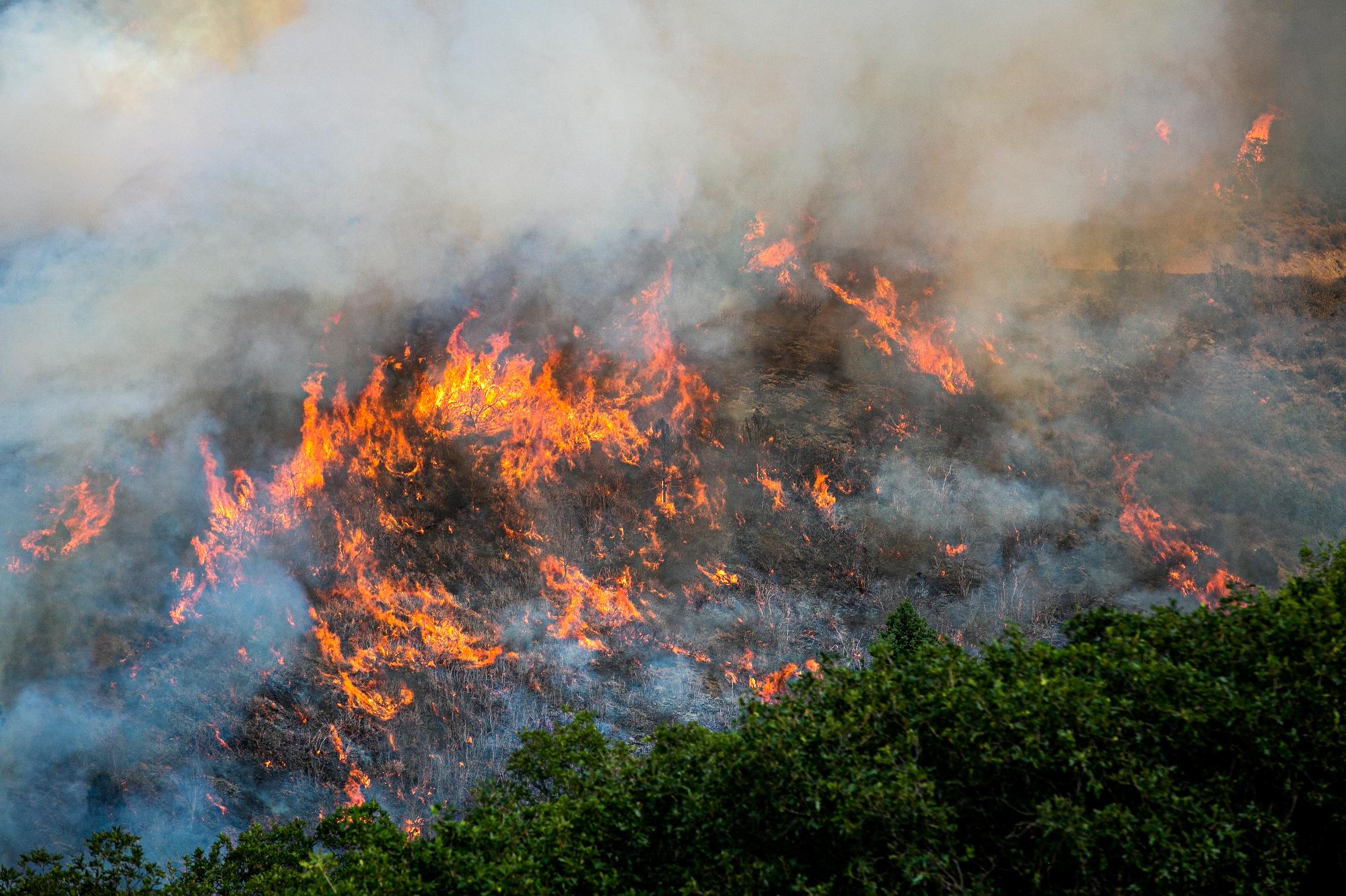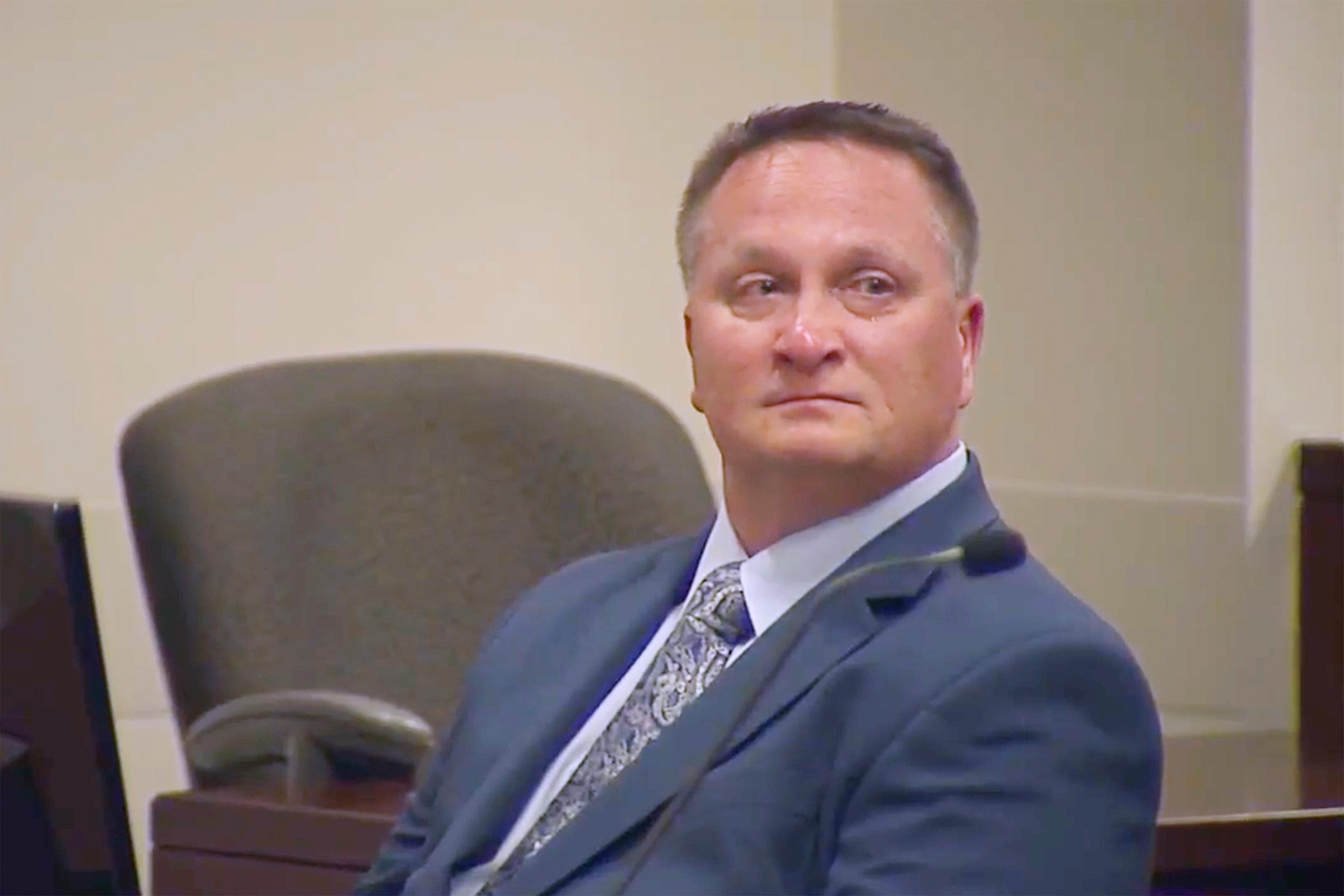
Parts of Colorado face an increased risk of dangerous wildfires due to abnormally dry and warm conditions forecasted for late spring and early summer, fire and climate experts say.
The most wildfire-prone conditions from March through June are expected in southeastern Colorado, according to a seasonal outlook from the National Fire Information Center.
“There is a lot of dead fuel out there,” Nickolai Reimer, a wildland fire meteorologist with the Rocky Mountain Area Coordination Center, a federally directed consortium of land managers that coordinate wildfire response.
Researchers with the National Oceanic and Atmospheric Administration’s Climate Prediction Center say it’s likely much of the state could be warmer than normal through June and predict that drought conditions will linger or even expand in parts of Colorado. That increases the likelihood that wildfires could ignite and spread faster and grow bigger.
On a separate climate briefing with reporters, Jon Gottschalck, the center’s operations branch chief, warned that abnormally dry conditions could settle into southern portions of the High Plains, a region that includes pockets of Eastern Colorado.
“This region will be quite vulnerable to high wildfire risk, especially during high wind events,” he said.
There is uncertainty with longer-term forecasts — which increases as researchers ask computer models to predict conditions further into the future — but current data suggest Colorado’s wildfire risk will return to normal in May and June as the weather warms and vegetation greens.
Coloradans shouldn’t breathe a sigh of relief about the prospect of returning to “normal” wildfire conditions, which Reimer said still routinely fuel deadly, destructive blazes.
“During summer there's always going to be some level of fire activity. So just saying ‘typical’ is not to say that there won't be fire — it's just part of the landscape.”
One additional bit of uncertainty is entering the state’s climate picture this summer: the Pacific Ocean’s impending transition from a warm El Niño pattern into a neutral period before a switch to a cool La Niña cycle.
NOAA scientists expect that switch to start in the months ahead, but the timing of the changeover could affect the intensity of Colorado’s summer monsoon rains — which Reimer said could be a major factor in whether wildfire conditions worsen later this summer.









